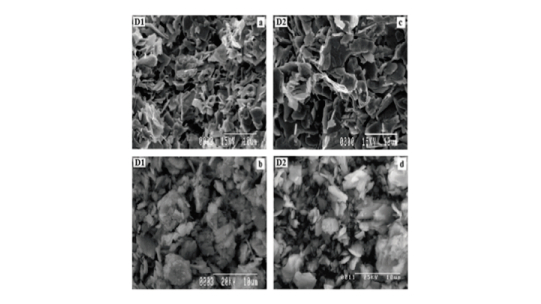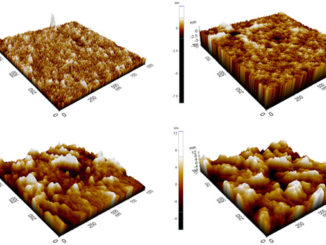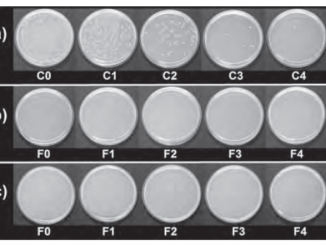
Penetration and trapping of the magnetic flux in planar defects of Bi1.65Pb0.35Sr2Ca2+xCu3+xOy superconductors
Abstract: We have compared the dependence of the critical current density on maximum applied magnetic field, J(c)(0, H-am), performed in pellets with the derivative of magnetization versus applied magnetic field, dM(H-a)/dH(a), of the corresponding powder samples of Bi1.65Pb0.35Sr2Ca2+xCu3+xOy samples; x = 0.2 and 0.5. In both cases the measurements were performed at 77 K. We have focused in the applied magnetic field range in which the magnetization as a function of applied magnetic field, M(H-a), is quasi-linear. The comparison reveals that the penetration of the magnetic flux within powder particles is closely related to the trapped flux observed by means of the J(c)(0, H-am) dependence in pellet samples. The combined results are well explained within the framework of the three-level superconducting model. The results also suggest that the magnetic flux, for applied magnetic fields H-a ranged from similar to 30 to similar to 80 Oe, first penetrates the intragranular planar defects, as stacking faults and/or colonies of low angle boundaries, while the magnetic flux penetration in regions free of defects is observed for higher values of H-a. As a correlative result, we have observed a decrease of the superconducting critical temperature of the crystallites T-C with increasing x, which may be related with an increase of the number of stacking faults of the material.
Author(s): Hernandez-Wolpez, M; Cruz-Garcia, A; Vazquez-Robaina, O; Jardim, RF & Mune, P.
PHYSICA C-SUPERCONDUCTIVITY AND ITS APPLICATIONS
Volume: 525 Pages: 84-88 Published: JUN 2016
DOI: 10.1016/j.physc.2016.04.003




